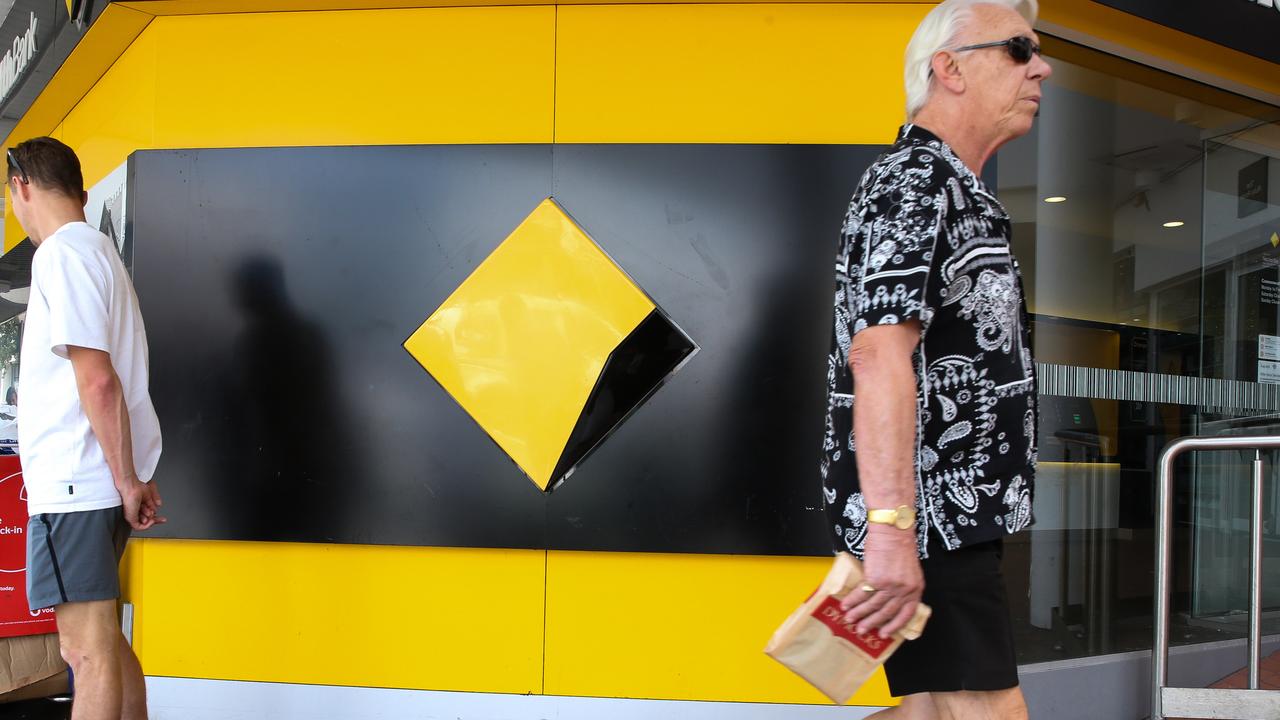ASIC cleans up; banks face capital challenges, lower dividends

The watchdog issued a 16-page regulatory guide, last updated in December 2009, which details why and in what circumstances such letters will be issued.
Nowhere, however, does it state they should be used to correct the rough kind of justice dispensed in a royal commission.
Over the last few days, this newspaper has revealed that AMP chair Catherine Brenner, NAB chief executive Andrew Thorburn and senior NAB executive Andrew Hagger — all of whom formerly held those roles — have received no action letters.
They had no option but to leave their positions because of the rising tide of hysteria about their evidence, their companies, or an eviscerating closing submission from one of the senior counsel assisting or the royal commissioner himself.
As the Melbourne silk Philip Crutchfield said in a lunch address to the Turnaround Management Association last September, one of the problems with royal commissions is that the mere asking of a question is taken as a suggestion of wrongdoing, no matter how it’s answered.
“The reporting the next day of a person’s name in association with the damaging question or submission can have lethal consequences,” he said.
Crutchfield actually proffered regulatory guide 108 as a possible solution, noting that the conduct has to involve a possible contravention of the law, and ASIC must not intend to take regulatory action. Further, a letter can only be issued in relation to actual or possible conduct which breaches the legislation administered by ASIC.
If someone’s reputation has been damaged but there’s no contravention of the Corporation Act, or no investigation at all, they can forget about an ASIC letter, according to Crutchfield.
Despite the restrictions, it’s not that unusual for ASIC to issue a no-action letter.
A batch is believed to have gone out on Monday, one of which was eagerly accepted by Brenner who was delighted to put the AMP issue behind her, and in a very public way.
Perhaps it will enable her to pick up the career she left behind after resigning from AMP and other director positions at Coca-Cola Amatil and Boral.
For Thorburn and Hagger, public vindication was a less important issue after they found positions at For Purpose Investment Partners and Andrew Forest’s Minderoo Foundation.
In the meantime, ASIC’s regulatory guide 108 could do with a makeover. It’s been more than a decade since the last one.
Dividend dilemma
In the 12 years since the 2008 financial crisis, the four major banks have paid a grand total of $180bn in distributions after the impact of dividend reinvestment plans.
Given the sheer scale of the loot, and the benign economic conditions as far as the eye could see, it’s little surprise that investors regard the sector’s consistent dividend flow as some kind of annuity.
The coronavirus has changed all that, with Commonwealth Bank on Wednesday the first of the big four to declare a dividend since last month’s revised capital management guidance from the Australian Prudential Regulation Authority.
Boards are now advised for the remainder of 2020 to retain at least half of the entity’s earnings and use DRPs and other initiatives as offsetting measures.
The regulator said last April that banks should consider deferring decisions on dividends until the outlook was clearer.
The easing of restrictions reflected APRA’s view that COVID-19 was still a menace but there was now a stronger sense of how it would impact the economy and the nation’s financial institutions.
Banks, however, still faced capital challenges, including the significant volume of repayment deferrals subject to regulatory concessions and restrictions on dividends from their New Zealand subsidiaries.
Regulators around the world have responded in different ways to COVID-19, with some European countries joining NZ in freezing dividends, partly because of the sector’s high level of government support.
But as APRA chairman Wayne Byres noted in last week’s appearance before parliament, other jurisdictions like Singapore, Hong Kong, the US and Canada had no restrictions.
Starting with CBA, the big four face a distribution conundrum.
As UBS analyst Jon Mott says, why would they shower investors with cash only to take it back in a capital raising?
With all banks trading at less than book value except CBA, such a move wouldn’t make economic sense.
Westpac and ANZ Bank deferred their interim dividends and are unlikely to reconsider when they announce trading updates on August 18 and August 19.
Mott forecasts an 80c second-half distribution for both banks, with NAB adding to its 30c interim dividend with an 83c second-half payment.
CBA is the wild card because of its June 30 financial year, which enabled the bank to pay an unchanged interim dividend of $2 before APRA announced its initial capital management guidance.
Mott predicts the nation’s biggest bank will make a second-half payment of 95c, helped by the proceeds of asset sales but a lot less than $2.31 a year ago.
If that all comes to pass, investors will pocket $14bn - about 28 per cent lower than the 2019 haul of almost $20bn.
It’s a level not seen for seven to eight years.







ASIC is cleaning up the excesses of the financial services royal commission by issuing “no action letters” to high-profile directors and executives whose reputations were smashed despite no subsequent findings of any wrongdoing.